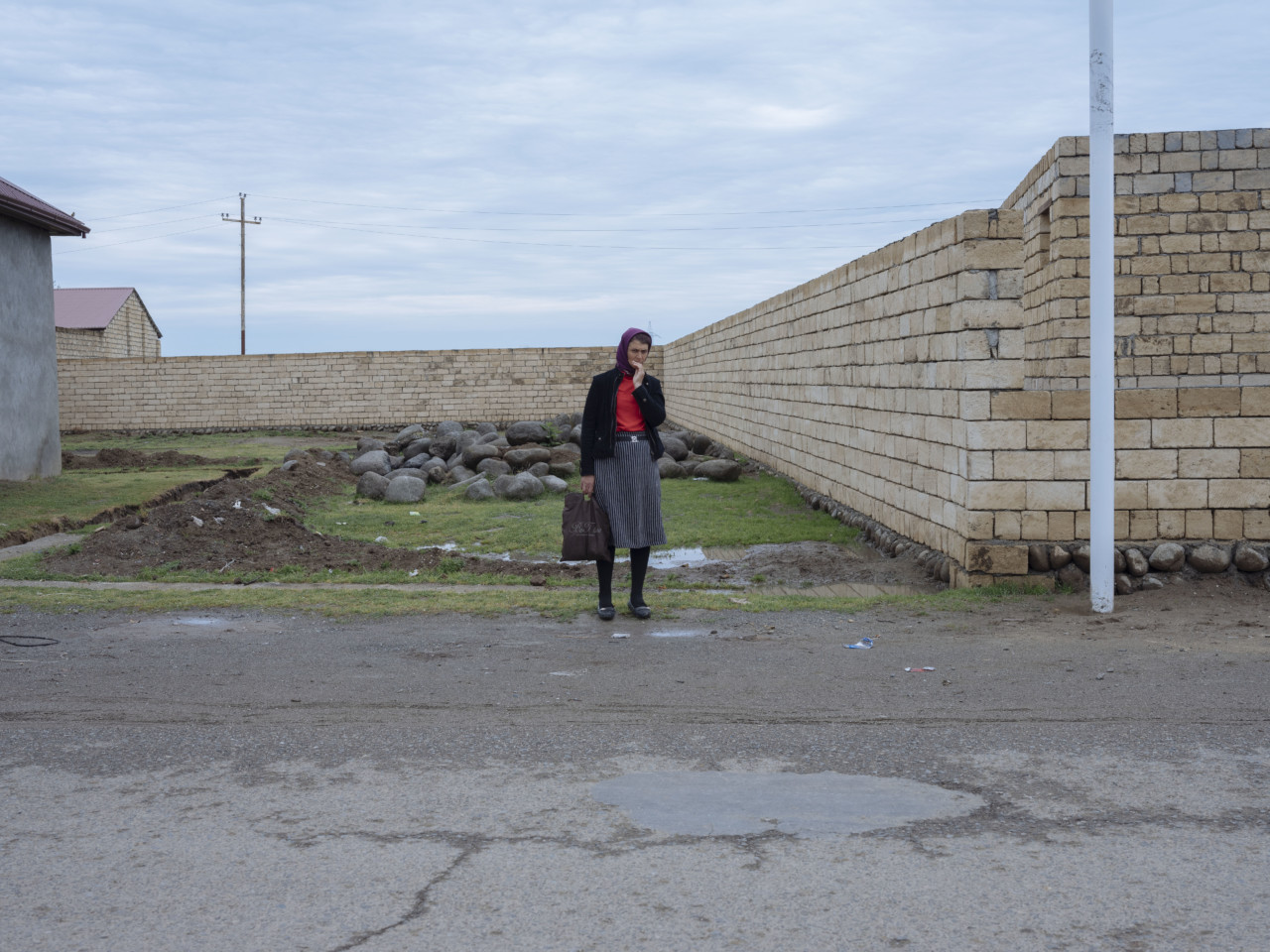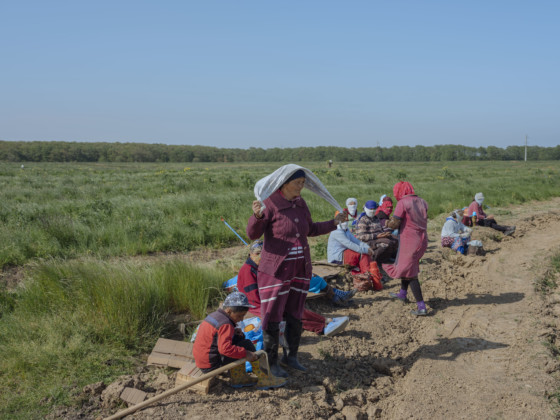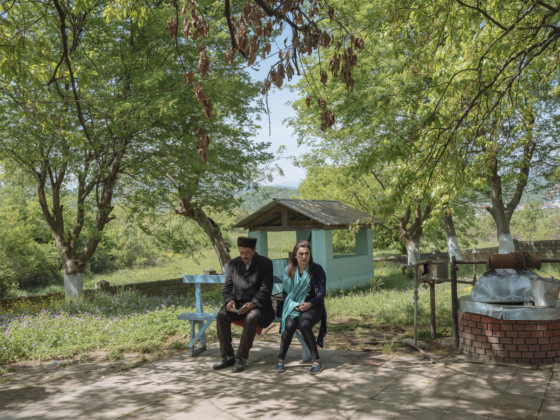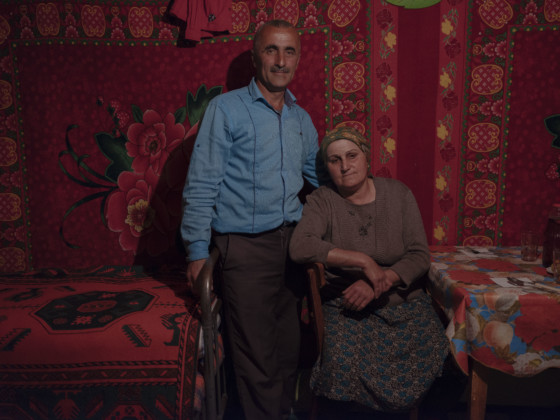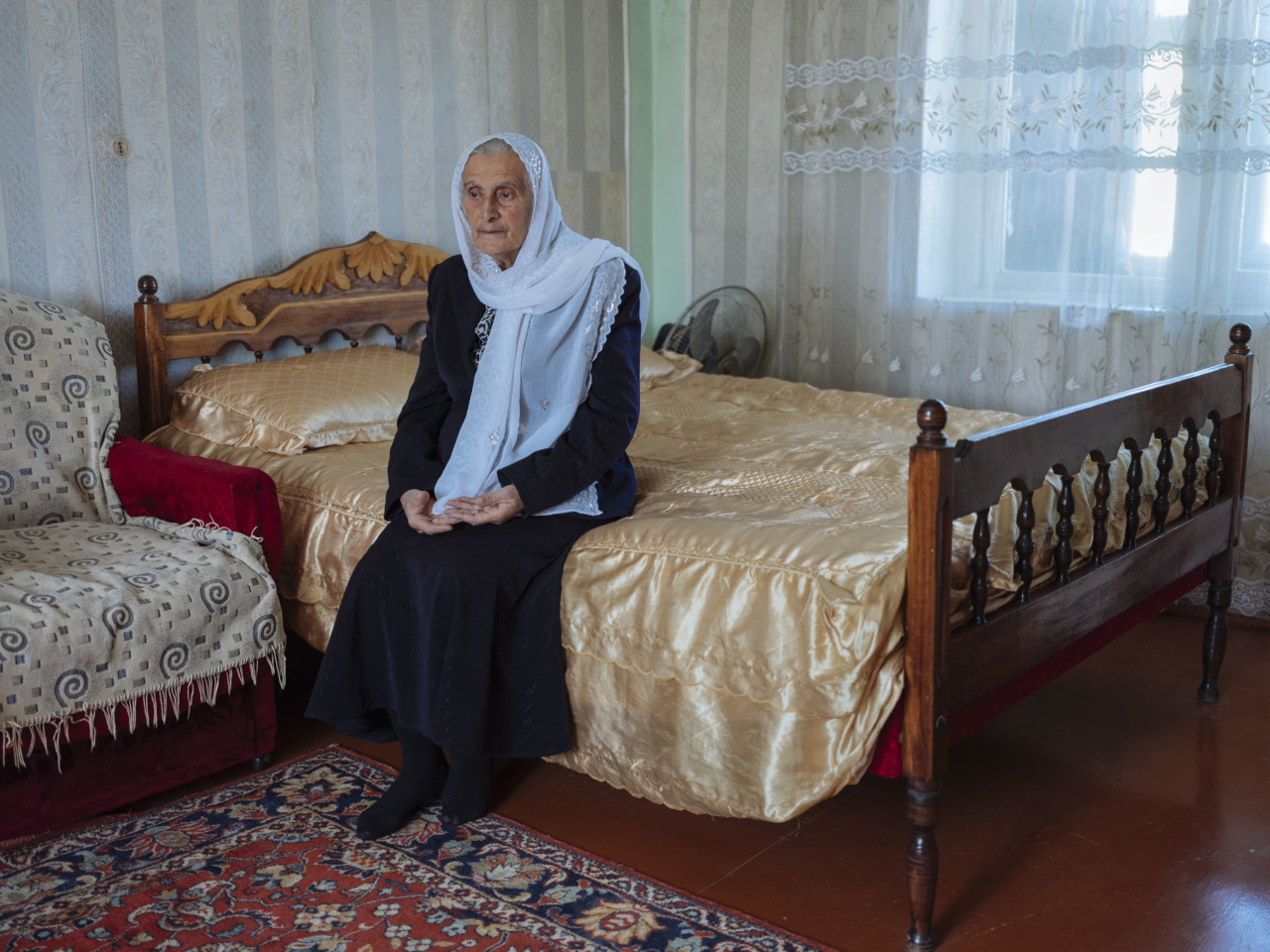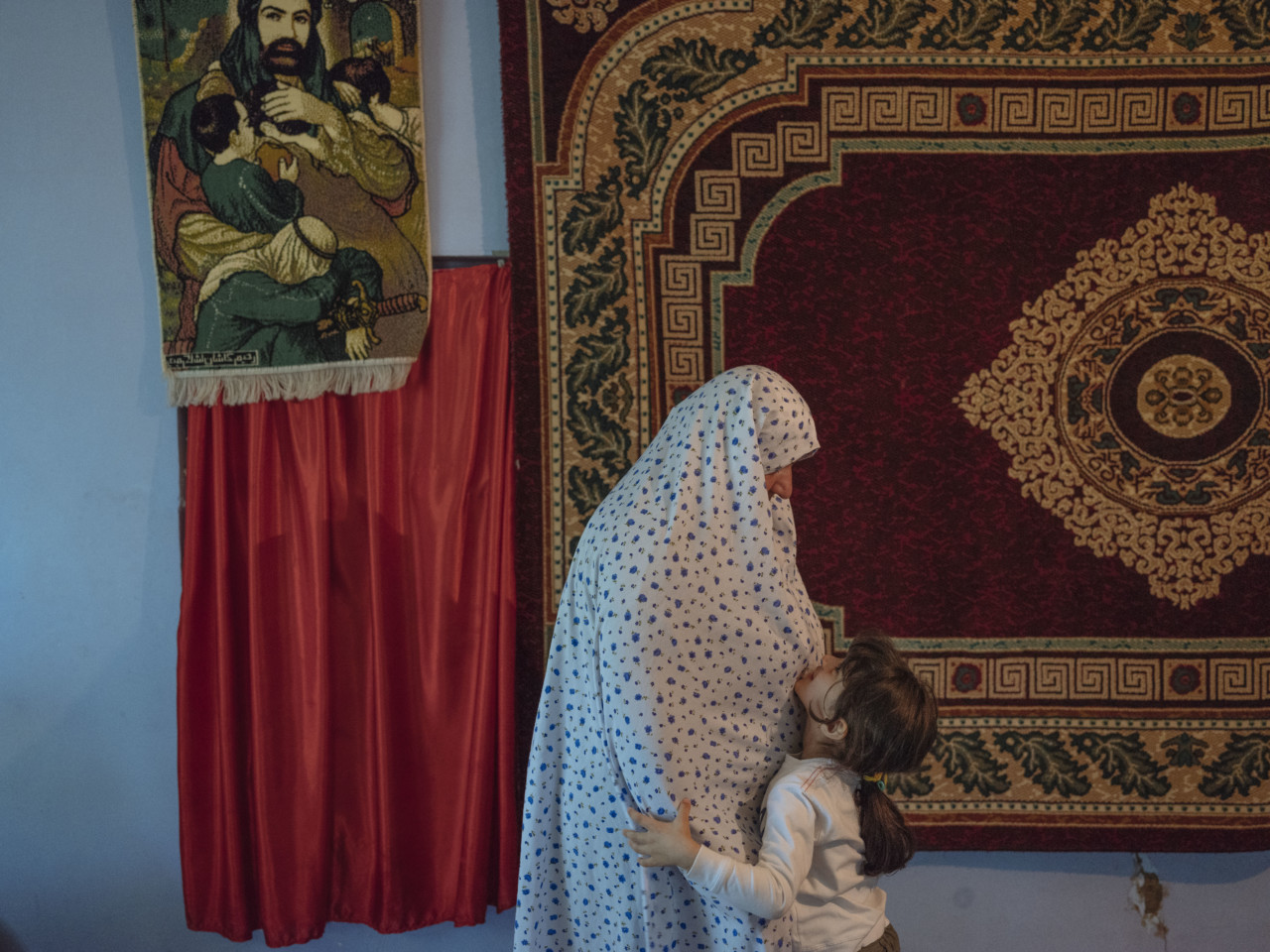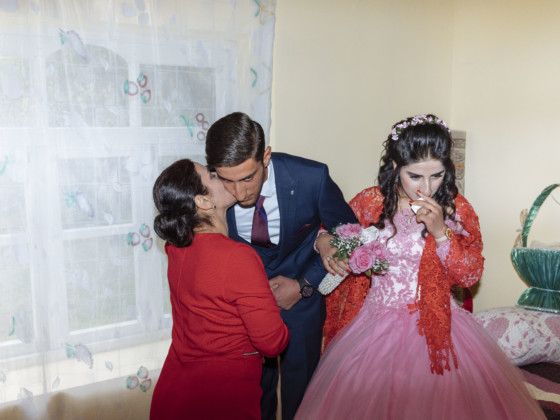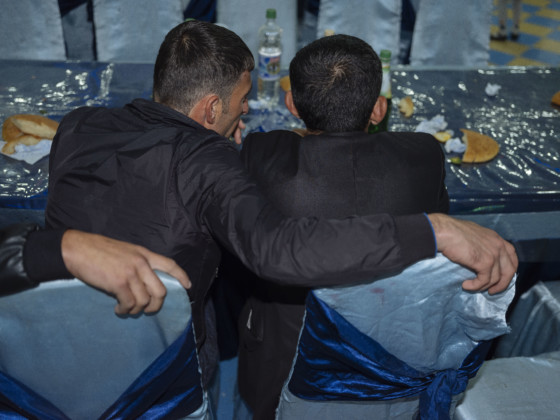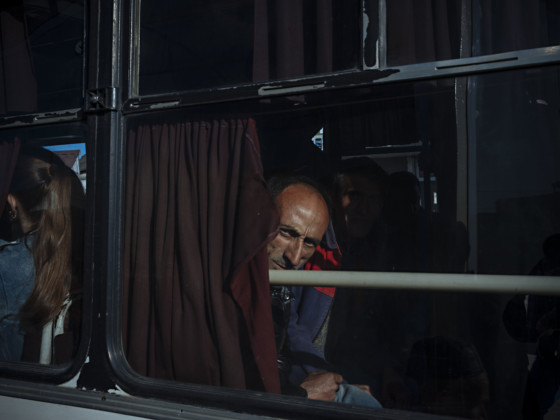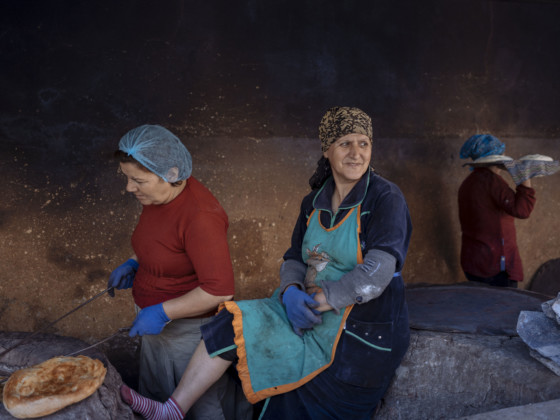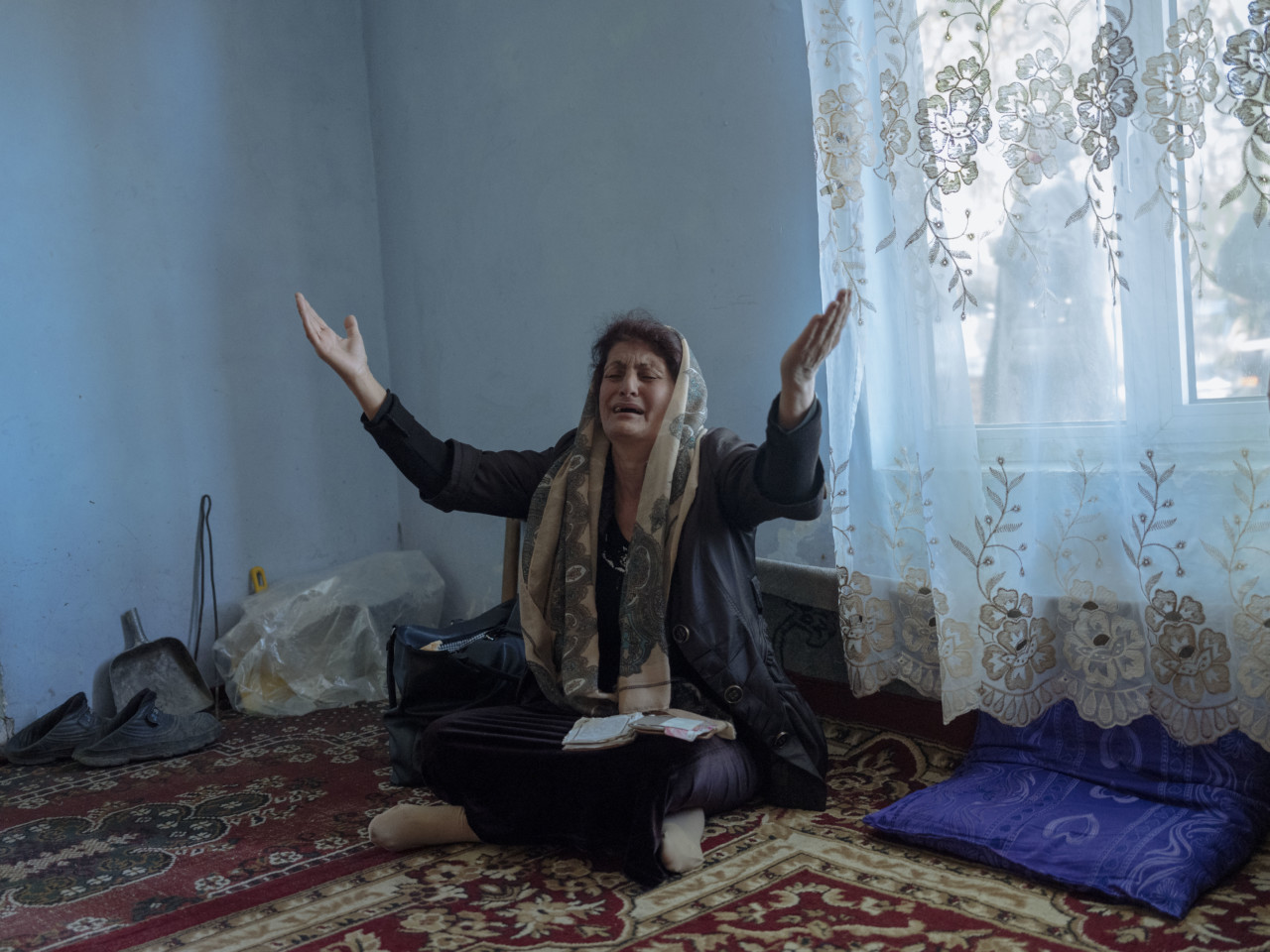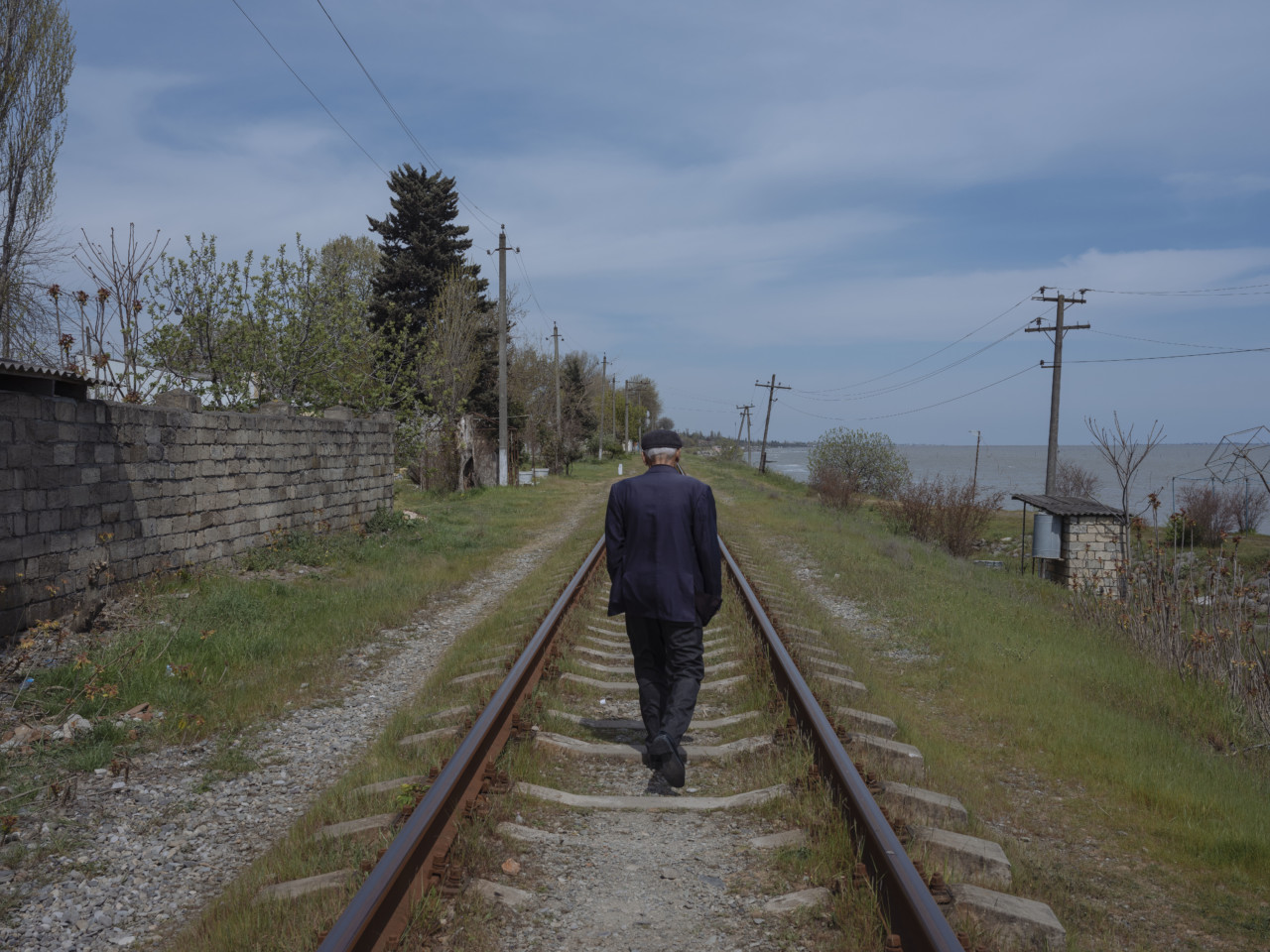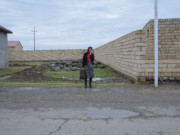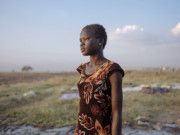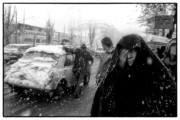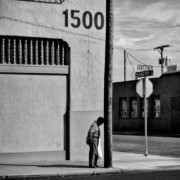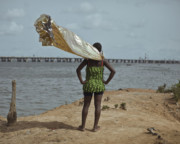Azerbaijan’s Forgotten People
Emin Özmen documented the lives and customs of the indigenous Talysh people, who are facing increasing marginalization, along the country's southern border
Magnum photographer Emin Özmen has worked in his home country of Turkey, documenting the impacts of political turmoil, for over a decade. Özmen recently travelled to Azerbaijan to photograph the daily lives and experiences of the Talysh indigenous minority ethnic group. Here he elaborates on the threats faced by this increasingly marginalized culture, shares some stories of individuals he encountered, and considers his photographs in Azerbaijan against the background of his wider work.
These images were originally published alongside a text by Elena Gooray under the title, ‘A Forgotten People’, in Pacific Standard’s A Journey Through Contested Lands photo issue, August 2018, produced in conjunction with Magnum photographers and made possible thanks to support from the Pulitzer Center.
Can you describe the situation of the Talysh communities in Azerbaijan who you photographed for this project, and what issues they are currently facing?
The Talysh people are an ethnic group indigenous to the area, separated in two by the Iran-Azerbaijan border. For centuries, they have lived mostly in farming communities centered around numerous remote villages along this border, in the Talysh Mountains. They are culturally close to the Azeris, but concentrated in southern Azerbaijan near the Caspian Sea and areas contiguous with Iran.
Russia and Iran fought over sections of their territory during the Russo-Persian War in the early 19th century, and officially claimed different portions of it in the peace treaty that followed. The northern stretch became part of Azerbaijan upon the country’s independence from the Soviet Union in 1991. Like Azeris, they are predominantly Shi’a Muslims and maintain strong ties with Iran.
They have suffered as a result of the long term deprivation of cultural and educational rights, as well as from the effects of economic neglect upon their region. The loss of their language is the result of multiple factors: a lack of media outlets – especially television – and education; there is no formal education in Talyshi and they are encouraged to use Azerbaijani in formal situations. As a result, the number of young people being educated in Talyshi is declining, and the language is now classified as “vulnerable” by UNESCO.
Could you tell us any individual stories of the people you met in southern Azerbaijan? Which person or family impacted you the most?
I met with Farbiya Shabanova, a 78-year-old fashion designer in Kakalos village, in Astara city, southern Azerbaijan. I admired her having learned how she has spent all her energy trying to keep Talysh culture alive over many long years. She founded the first Talysh museum in Kakalos. In a old soviet-style building in the village, she keeps thousands of objects from villagers’daily life in the town. She also founded a theatre in this small village, where inhabitants act out old Talysh stories today. She also teaches Talysh dances to children between 8 and16-years-old. Her family arrived in Astara for first time in the 1800’s, then her great-grandfather married a Talysh woman. Febriye went to the University of Baku to study fashion. She then got back to Kakalos and married. She has four children and she was so proud and happy to say “I was able to send them all abroad for education.”
In light of Farbiya’s efforts, do you think women play a central role in the preservation of Talysh culture?
What I noticed during my reportage is that women do have a central role in the education of children, and therefore in the transmission of traditions. In this region, people see it is man’s responsibility to work and make living of the family, but the rest is in the hands of woman.
How did attitudes towards Talysh culture and traditions differ between the older and younger generations you met with, if at all?
I would not say that the younger generation cares less about keeping the old traditions alive, but they want to be more integrated into the wider society. There is a huge difference between the capital Baku and the rest of the country, especially the southern part – where the Talysh mostly live. Because of economic problems, the young Talysh generation is forced to move into big cities where they can study or find a job. It is then, unfortunately, easier for them to lose their tradition; language or culture.
"Regardless of the country in which I work, the most important thing is communication with, and respect for, people."
-
What sort of governmental pressures did you face when you photographed the Talysh communities?
The ‘Talysh’ issue is a bit sensitive for the authorities, since the independence movement that occurred in 1993. Because of their long and complex history of assimilation in Azerbaijan, I was prepared to deal with tensions between their desire to keep their traditions alive and the economic and political reality forcing them to blend in.
It was very difficult for me to obtain some of the necessary authorizations to be able to work on this subject. It wasn’t always the case, but on some occasions I had to visit certain places only when accompanied by state officials, under their watch– which made people I met with unable to speak freely.
In Turkey you’ve worked extensively documenting the civil unrest arising from the country’s political situation, as well as the long-term, daily realities of changes within society. What similarities and differences in your working practices did you encounter working in Azerbaijan versus at home?
It’s hard to compare. When I work in Turkey, my country, it is easier because I know all the “codes”. I speak the language, I know what the sensitive topics are and with whom to discuss them or not. This was not the case in Azerbaijan because (despite the similarities with the Turkish language), I knew very little about the Talysh culture and history of the country. But regardless of the country in which I work, the most important thing is communication with, and respect for, people. I always approach my work the same way, whether in Turkey or elsewhere.
You have lived and worked in the ongoing strife between Kurdish people and the Turkish government – a case where assimilation of a minority group seems not to be an option – and you recently photographed Uighur refugees – a group whose integration within China is forced through persecution and rights abuses. How do these projects inform, or differ from, your work with the Talysh communities? Do you see your work with minority groups as interrelated?
Regarding the Kurds, it is my choice to (try to) tell the very complex history of my country. Since I was a child, it has been a part of my everyday life. I couldn’t document my country without working on this issue because it is part of our identity, our history. Perhaps this has made me more sensitive to the plight of other communities around the world, many of which are struggling to prevent the loss of their traditions and sometimes fighting for their survival. Working on the history and destinies of communities is maybe more a logical continuation to my work in Turkey.
In your project on the villages drowned as a result of GAP, you also explored the tension between the drive towards national ‘progress’ and people’s connections to their cultures, where the process of development seemed unstoppable. Do you think of your photography as a useful tool for preserving such cultures, or is it merely a record of them? Can and should your visual studies be used to politically advocate for the communities you have represented?
My goal is to highlight cultures and traditions that may disappear,focusing on the issues where there is an injustice. It comes with a strong hope for social change, but even if my photos cannot change anything, I feel responsible for documentingit. I believe it’s essential to preserve the memory of a place or a way of living and so to preserve a culture.
This project was made possible thanks to support from the Pulitzer Center.

This article appeared in Pacific Standard’s 2018 Photo Issue, Contested Lands, made in collaboration with Magnum Photos.



